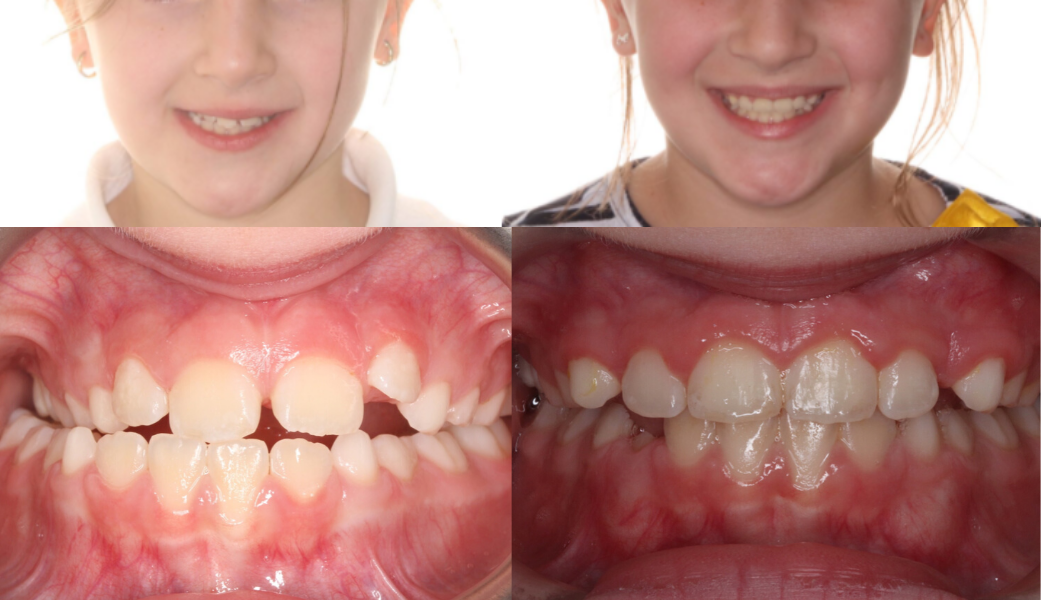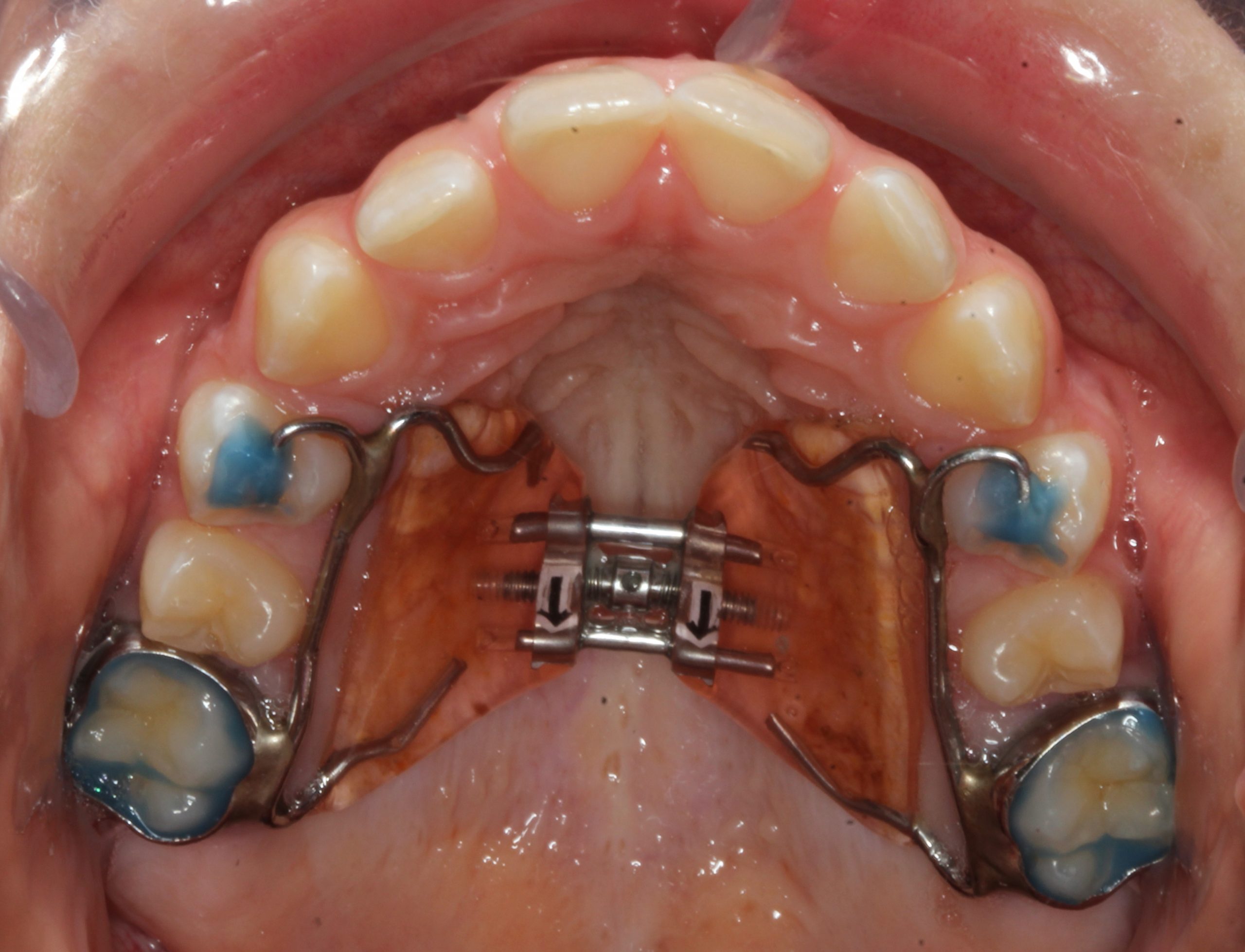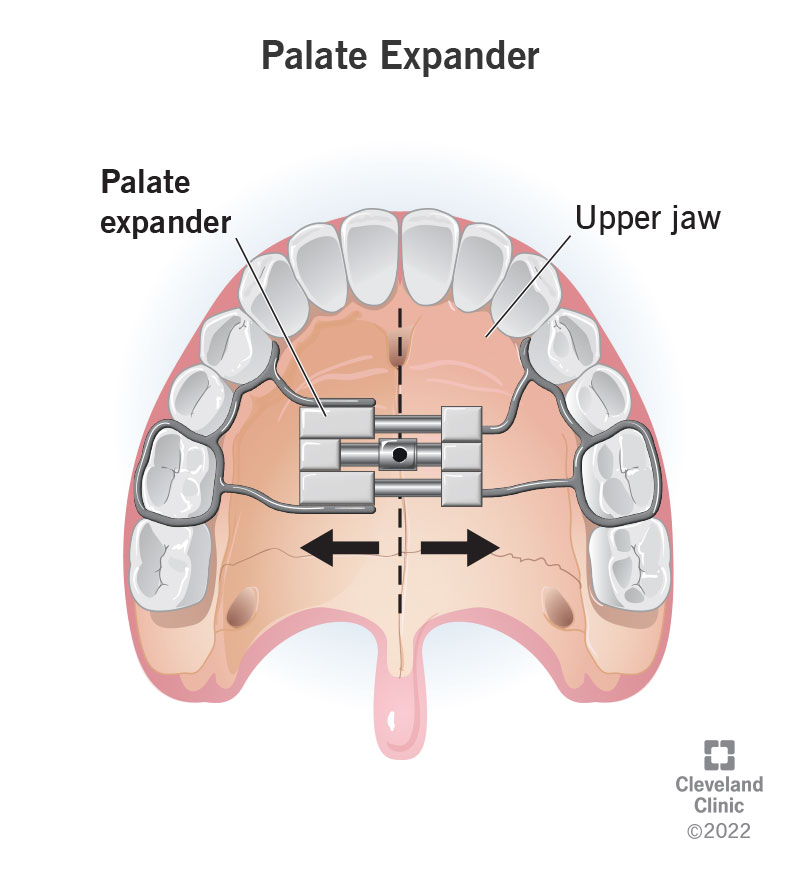A palate expander is a dental device used to widen the upper jaw. It is commonly used to correct dental issues such as overcrowding, crossbite, and narrow palate. The ideal age for getting a palate expander varies depending on the individual, but there are certain age ranges that are generally recommended.
The best age for getting a palate expander is typically during childhood, between the ages of 8 and 14. This is because the bones in the jaw are still growing and developing, making it easier to manipulate and expand the palate. During this age range, the bones are more pliable and responsive to the pressure applied by the expander.
Palate expanders are orthodontic devices that are used to widen the upper jaw or palate. They are commonly recommended by orthodontists to correct issues such as crowded teeth, crossbite, or narrow arches. Palate expanders work by applying gentle pressure on the upper jaw to gradually widen it over a period of time.
Another important aspect of palate expanders is that they can help improve breathing and airway function. A narrow palate can contribute to breathing difficulties, especially during sleep. By widening the upper jaw, the airway is also expanded, allowing for better airflow and reducing the risk of conditions such as sleep apnea.
Palate expanders are orthodontic devices that are used to widen the upper jaw and create more space for the teeth. They are commonly used in children and teenagers, but can also be used in adults. Palate expansion is an important treatment option because it can help correct a variety of dental issues and improve overall oral health.
How do palate expanders work?

Palate expanders work by applying gentle pressure to the upper jaw, gradually widening it over time. This expansion allows the teeth to move into their proper positions and can correct issues such as overcrowding, crossbites, and narrow arches. The device is typically attached to the upper molars and is adjusted regularly by a dentist or orthodontist to achieve the desired expansion.
Why is palate expansion important?
Palate expansion is important for several reasons. First, it can help create more space for the teeth, which can prevent overcrowding and the need for tooth extraction. This is especially beneficial for children, as it can help ensure that their permanent teeth have enough room to erupt properly.
Second, palate expansion can help correct crossbites, which occur when the upper teeth bite inside the lower teeth. Crossbites can lead to uneven wear on the teeth, jaw misalignment, and even temporomandibular joint (TMJ) disorders. By widening the upper jaw, palate expanders can help align the bite and improve overall jaw function.
Lastly, palate expansion can improve the appearance of the smile and facial profile. By creating more space for the teeth, palate expanders can help align crooked teeth and improve the overall symmetry of the face. This can boost self-confidence and contribute to a more attractive smile.
Overall, palate expanders play a crucial role in orthodontic treatment by addressing a variety of dental issues and improving oral health. Whether used in children or adults, palate expansion can have long-lasting benefits and contribute to a healthier, more beautiful smile.
The ideal age for palate expansion

Palate expansion is a common orthodontic treatment that aims to widen the upper jaw and create more space for teeth to grow properly. While palate expansion can be done at any age, there is an ideal age range for this treatment to be most effective.
The best time to undergo palate expansion is during childhood, specifically between the ages of 7 and 14. This is because the bones in the jaw are still growing and are more malleable, making it easier to achieve the desired results. Palate expansion at this age can help correct dental issues such as overcrowding, crossbite, and narrow arches.
Early palate expansion has numerous benefits. It can help improve breathing and reduce the risk of sleep apnea by creating more space for the airway. It can also improve facial symmetry and enhance the overall appearance of the smile. Additionally, early palate expansion can prevent the need for more invasive orthodontic treatments, such as tooth extractions or jaw surgery, in the future.
While palate expansion can be done in adults, it may be more challenging and less effective compared to childhood. The bones in the jaw are fully developed and less adaptable, making it harder to achieve significant expansion. However, adult palate expansion can still be beneficial in certain cases, such as correcting bite issues or preparing for dental implants.
The benefits of early palate expansion
Early palate expansion can provide numerous benefits for children who require orthodontic treatment. By addressing issues with the palate at a young age, it is possible to prevent more serious dental problems from developing later in life.
Improved breathing and sleep quality

One of the primary benefits of early palate expansion is improved breathing and sleep quality. When the palate is too narrow, it can restrict the airway and lead to issues such as snoring and sleep apnea. By expanding the palate, more space is created for the airway, allowing for better airflow and reducing the risk of these breathing-related problems.
Enhanced facial development
Palate expansion can also contribute to enhanced facial development in children. A narrow palate can affect the positioning of the teeth and the overall shape of the face. By expanding the palate, it is possible to create more room for the teeth to align properly and promote more balanced facial growth. This can result in a more aesthetically pleasing appearance and improved overall oral health.
Prevention of future orthodontic issues
Addressing palate issues early on can help prevent more serious orthodontic problems from developing in the future. By expanding the palate and creating more space for the teeth, it can reduce the likelihood of crowding and misalignment. This can minimize the need for extensive orthodontic treatment later in life, such as braces or tooth extractions.
Considerations for adult palate expansion

While palate expansion is most commonly performed on children and teenagers, it is also possible for adults to undergo this procedure. However, there are some important considerations to keep in mind when considering adult palate expansion.
1. Bone density
One of the main factors to consider with adult palate expansion is the density of the bones in the palate. As we age, our bones become more dense and less malleable, making it more difficult to achieve significant expansion. This means that adult palate expansion may require more time and effort compared to younger patients.
2. Orthodontic treatment

Additionally, adults who have previously had orthodontic treatment may have more complex cases that require a combination of treatments, such as palate expansion along with braces or aligners.
3. Surgical options

In some cases, adult palate expansion may require surgical intervention. This can be necessary when the bones in the palate are too dense or when there are structural issues that cannot be addressed with non-surgical methods.
Surgical palate expansion typically involves creating small incisions in the palate and using specialized tools to gradually widen the bones. This procedure may be performed under local or general anesthesia, depending on the individual case.
4. Overall health
Before undergoing adult palate expansion, it’s crucial to consider your overall health and any underlying medical conditions you may have. Certain health conditions, such as diabetes or immune disorders, can affect the healing process and increase the risk of complications.

Dr. Fidel Cann: Esteemed orthodontist with a lifelong dedication to enhancing smiles and oral health. Pioneering expertise, compassionate care.






